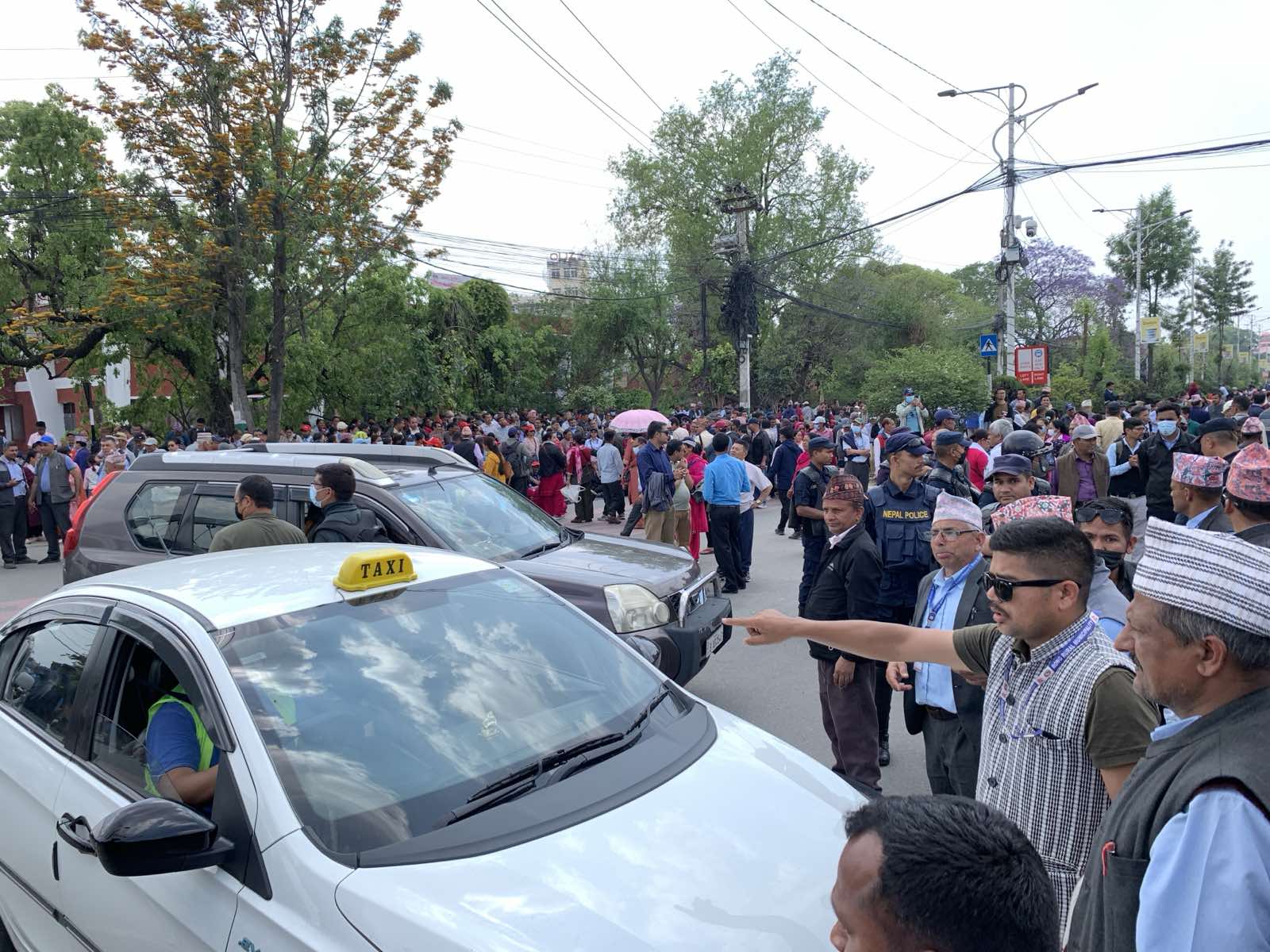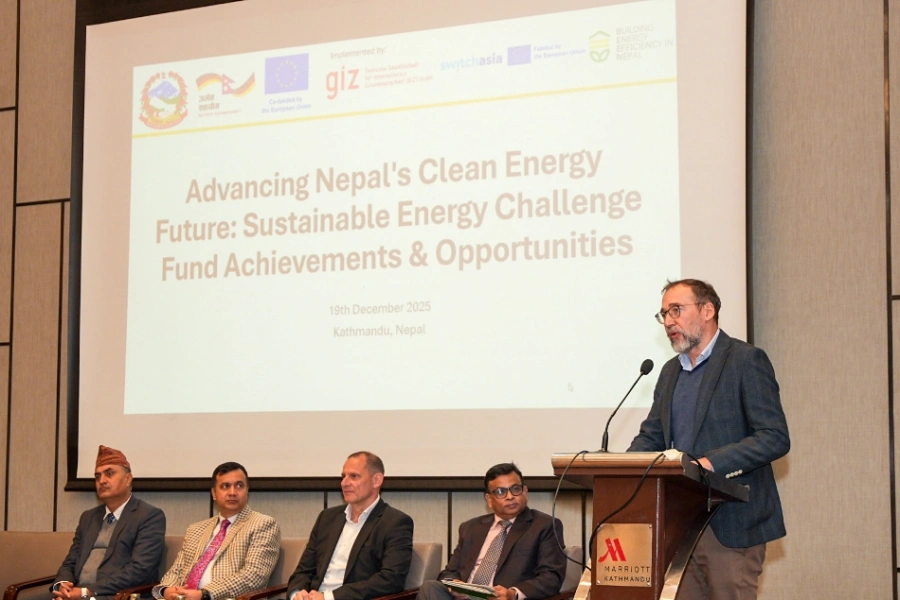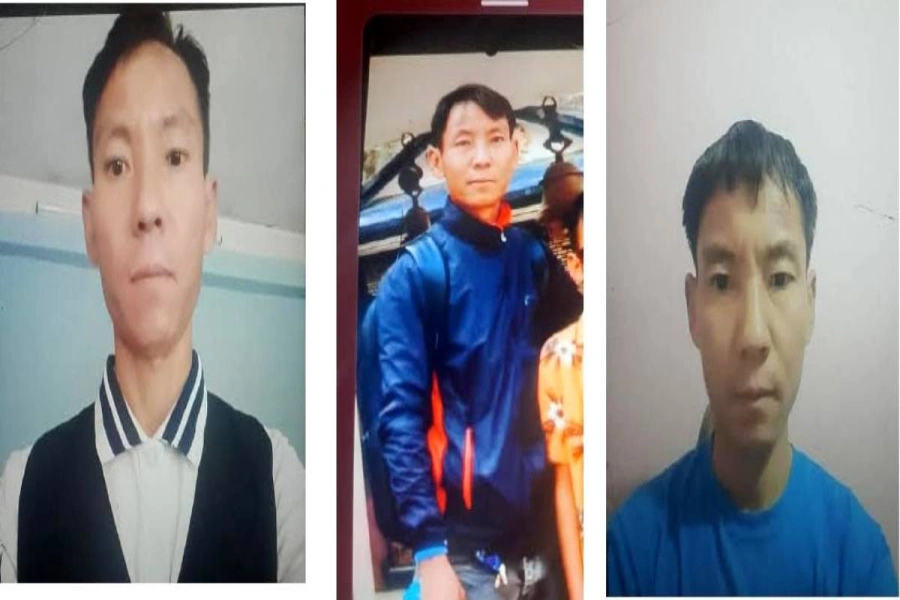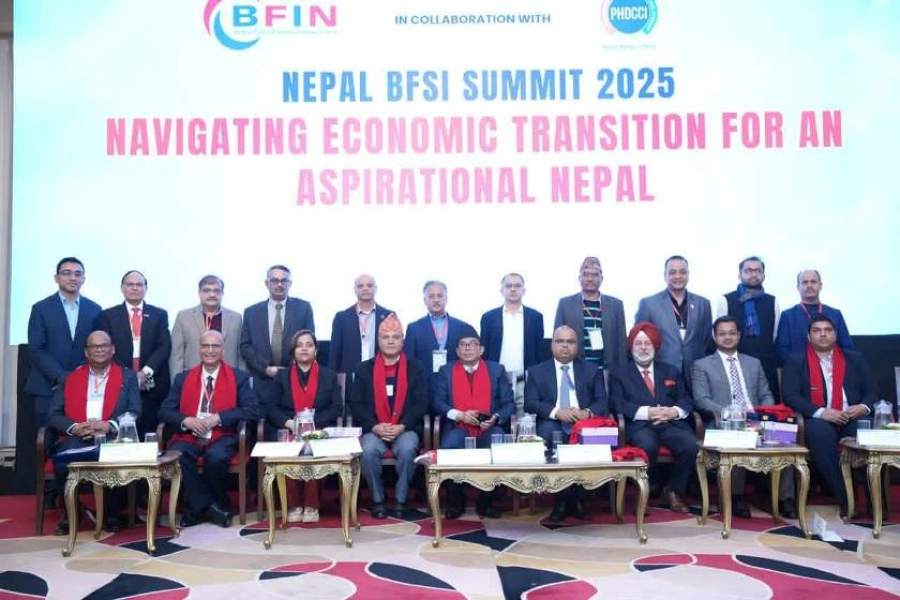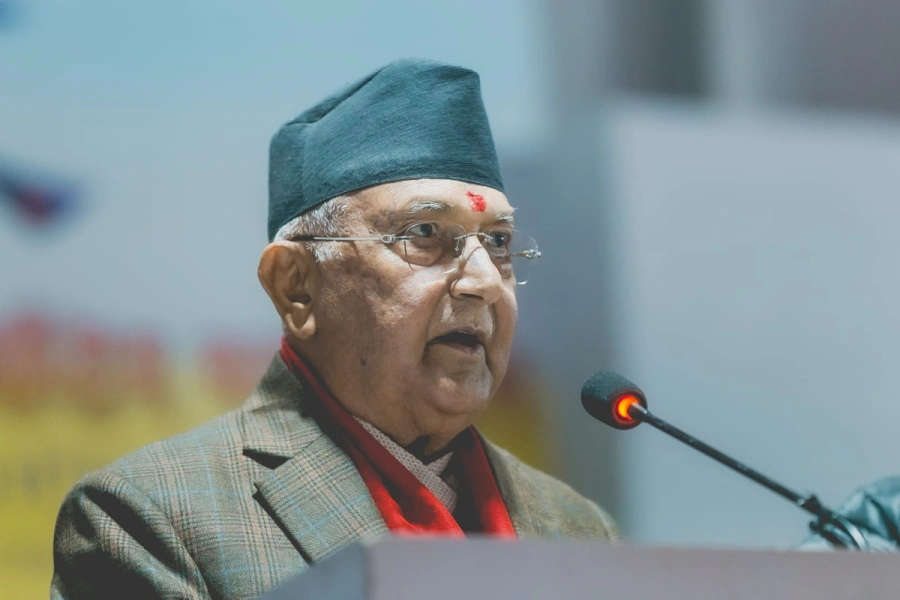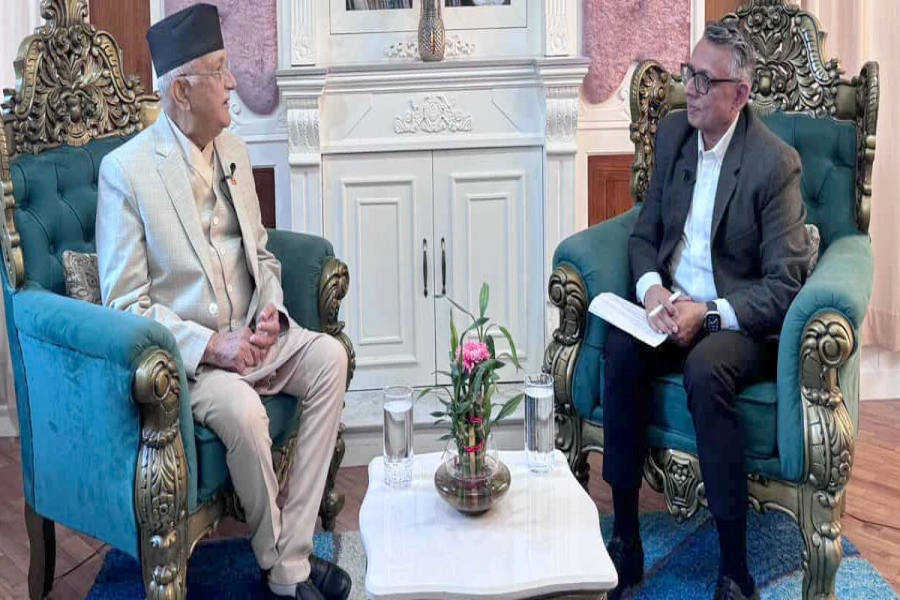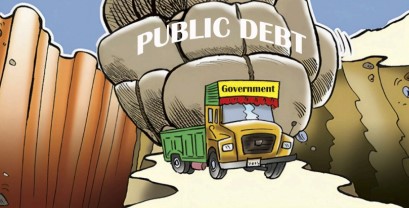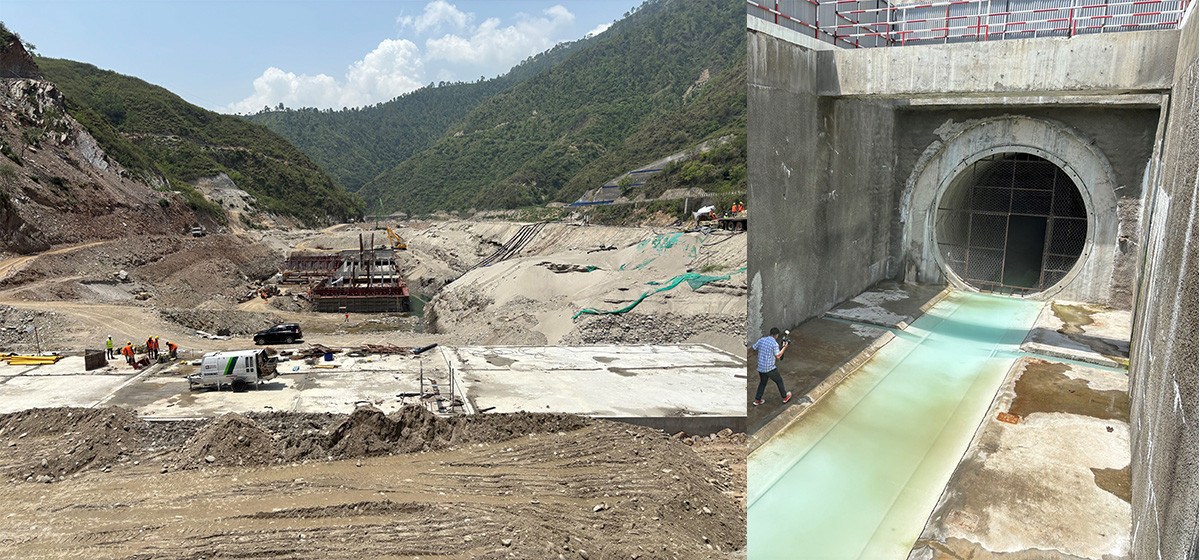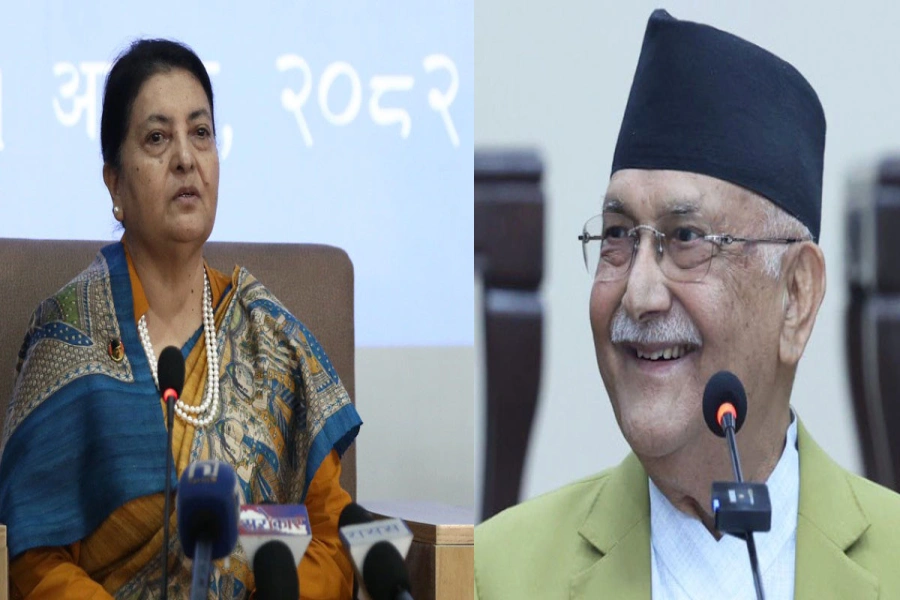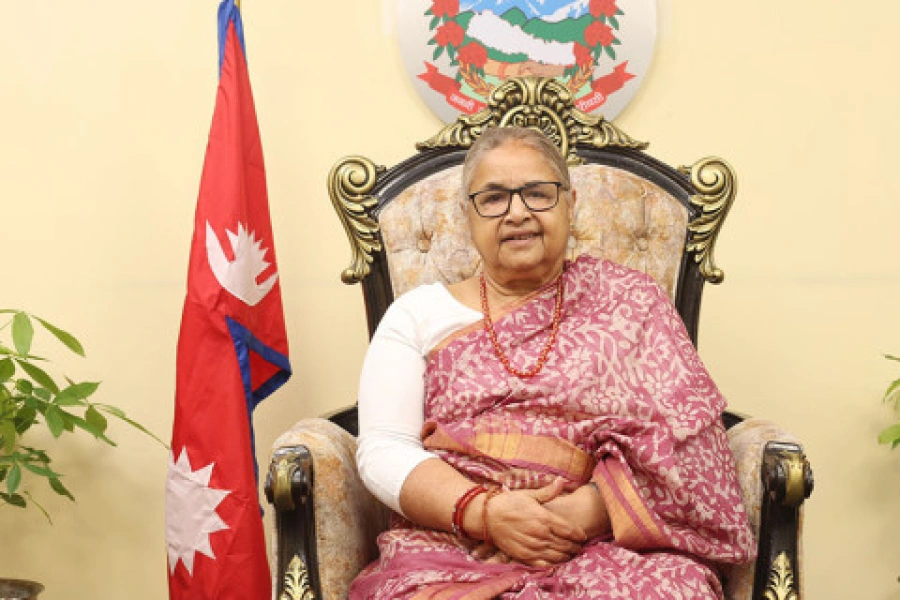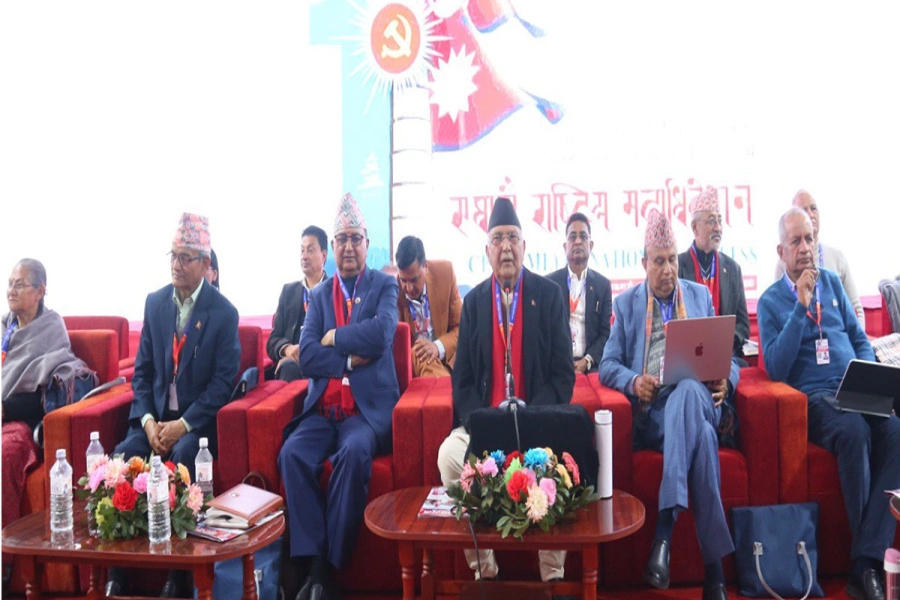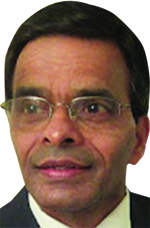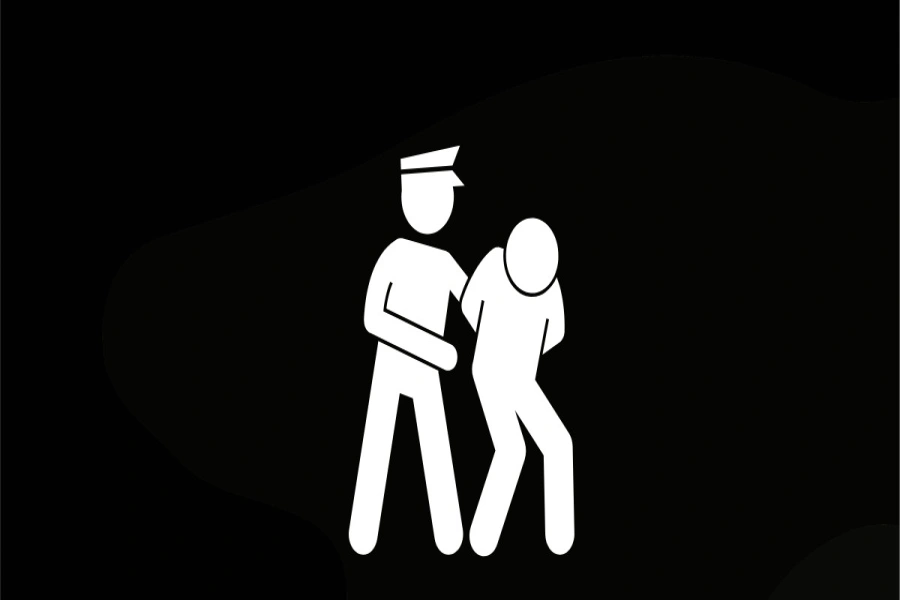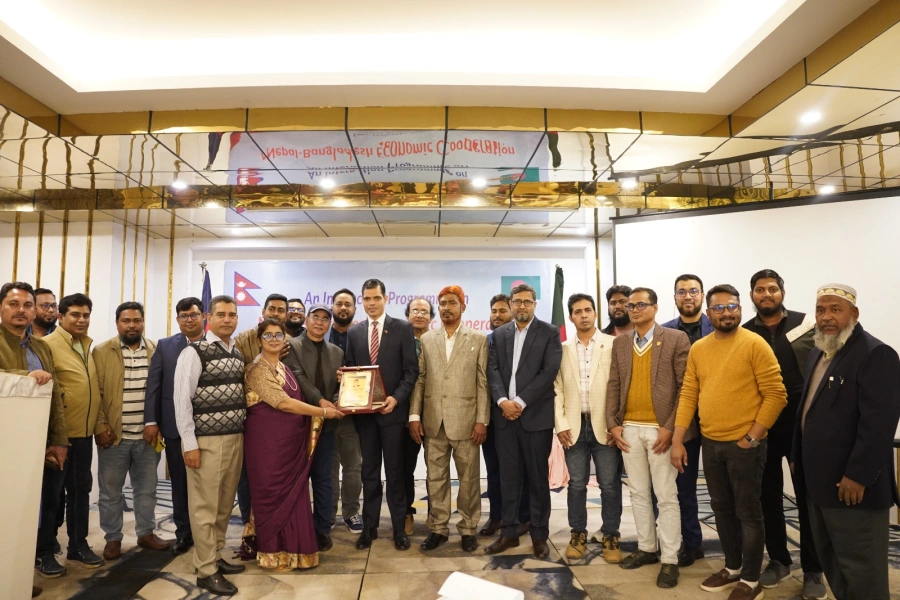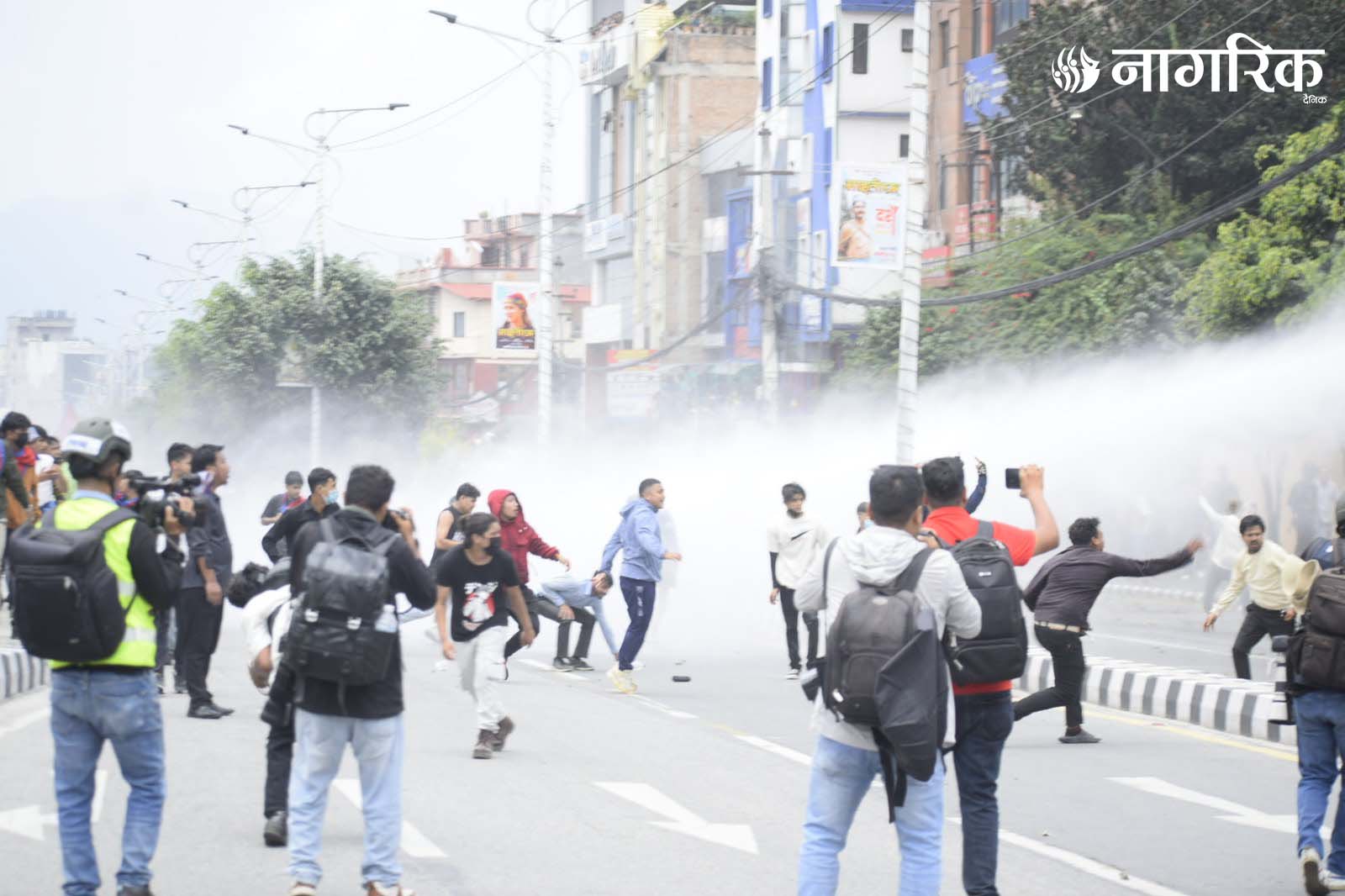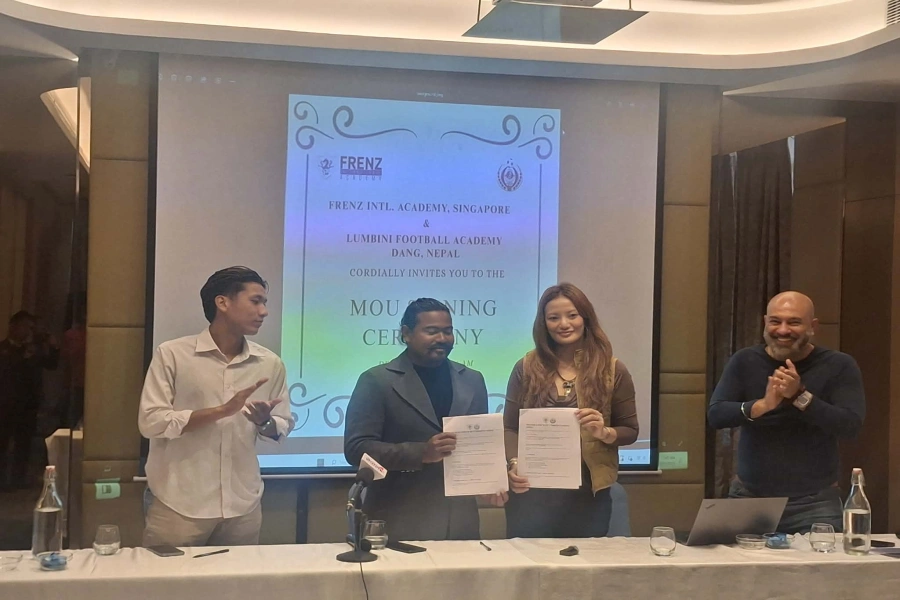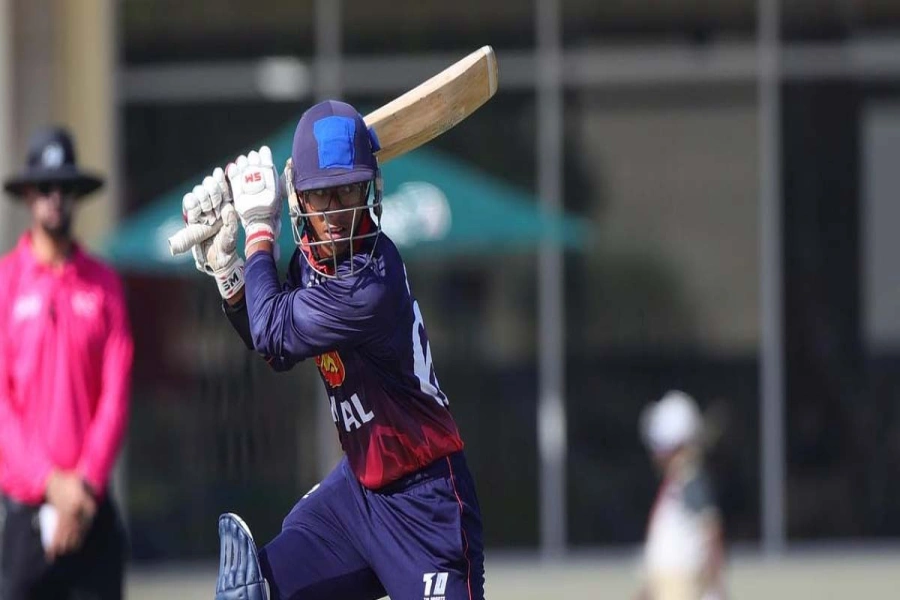The Maitighar Mandala area—the heart of the country’s federal capital—has been witnessing routine protests in recent months. Demonstrations by public school teachers, health workers, medical students, civil servants, landless squatters and political parties, either to pressure the government to meet their demands or to showcase their strength, have become a regular occurrence in the Kathmandu Valley. These protests, mostly concentrated along the Maitighar-Baneshwar stretch, have thrown public transport into chaos. From daily wage earners to the sick, students, and the broader public, all are suffering direct and immediate impacts due to these protests. Sadly, those protesting for their own rights often fail to consider the rights of others to live and move freely. While the protests are largely intended to fulfill legitimate demands, the authorities, unfortunately, appear largely indifferent to the hardships faced by the public. It is high time both government authorities and the agitating groups developed strategies to ensure that ordinary citizens do not bear the brunt of such protests.
The Constitution of Nepal 2015 guarantees citizens the right to peaceful assembly, protest, and demonstration. In a democracy, the right to publicly express dissent is fundamental. Thus, even contemplating a ban on protests in Kathmandu would be both undemocratic and unconstitutional. Nonetheless, protesters must ensure that their actions do not paralyze normal life. While protesters have often shown little regard for the suffering they cause, the state, too, appears to have failed to respond with appropriate sensitivity. Caught between the stubbornness of both sides, ordinary citizens have suffered the most. It is high time both sides considered alternative ways and venues for staging protests so that daily life remains unaffected. Protesters can organize their activities in locations that do not disrupt normal vehicular movement, while the authorities could consider designating specific areas for protests—similar to Hyde Park in the United Kingdom, where most demonstrations are organized without disturbing public life. Even better, the government can create an environment where grievances are addressed promptly, so that dissatisfied groups are not compelled to take to the streets.
Govt decision to provide medical expense to Koirala draws flak

Democracy thrives only when the rights of all are equally respected. It is a widely accepted principle that individual rights must be exercised with due regard for the rights of others. Both government authorities and protesting groups must rethink their approach to organizing demonstrations. While the government must prioritize the protection of public interest with greater sensitivity, protesters, for their part, must not lose sight of their responsibilities as conscientious citizens. The government authorities must develop a mechanism to address legitimate demands of disgruntled parties promptly so that the protest does not spill over on the streets. In this regard, the High-Level Political Mechanism formed by the ruling parties can be effectively utilized to forge common ground on the demands raised by various agitating parties. This cross-party mechanism can help in finding early resolutions to issues such as those raised by agitating teachers and civil servants. People in Kathmandu are already bearing the brunt of frequent protest activities. Many are beginning to say that enough is enough. Both sides must now act with urgency and seriousness to prevent further unnecessary hardship for the public.


